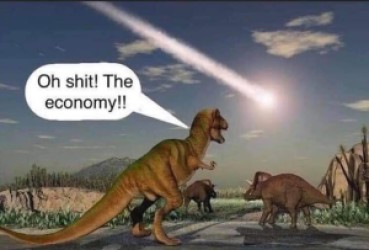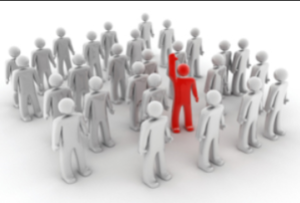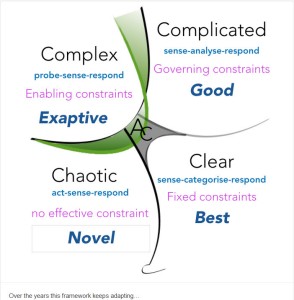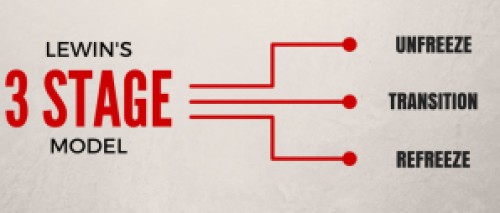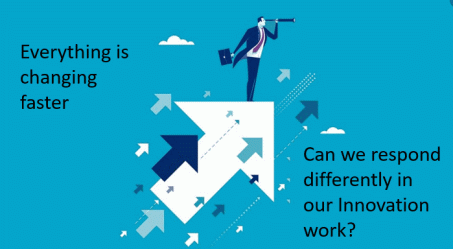There is a real increasing pressure to totally reinvent my business. The past business paradigm of reaching out, providing value, and making money is still there. Still, it is how we all undergo the changes needed in a radically different set of economic circumstances.
We all are seeing the world in a very different light, in some ways a very harsh one, where the old normals are breaking down. The change in our world is even a little scary, it actually is giving me a little “angst.” I need to put some reorder into my world.
Firstly as many of you know, I have been investing my time in growing my understanding, expertise, and thinking over three “core” topics. My Innovation intent has been central to this for twenty years, but this has ‘funneled down’ into recognizing the value of ecosystems as the business design for innovation to thrive and deliver more significant value creation. In the past two-plus years, the whole Energy Transition has been my vehicle to apply my innovation learning and ecosystem thinking.
We must hold on to much of what we have, but we really will be forced to abandon so much of our accepted norm.
My search or questioning is not about abandoning what I have invested over these years, it is how can I redirect it. To shift its position to actively contribute in new ways, to adapt and adjust to the ‘new normal’ we all must seriously recognize is coming towards us.
Continue reading “A new normal is upon us, the paradigm shift that will change the World.”
